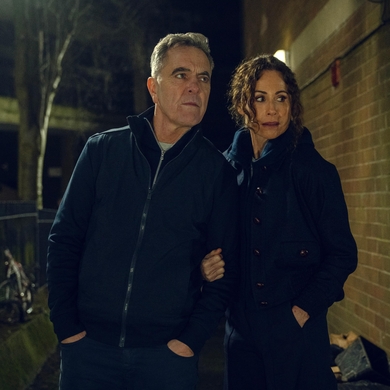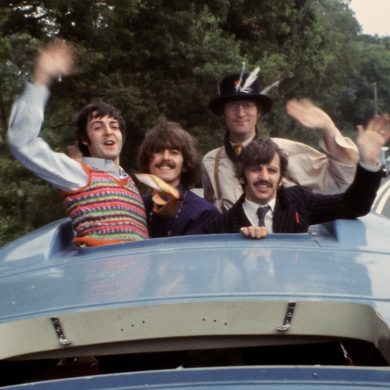Historically, our legacy orchestras have found their raison d’etre in cultivating a Eurocentric core “canon.” Attempts to extend the boundaries, however sincere, have seldom led very far. At the San Francisco Symphony, the newly installed music director Esa-Pekka Salonen is rattling the paradigm, opening the doors wide to artists with unexpected points of reference. For example, this 30-minute sampler from the intersection between “classical music” and musical cultures of American Indians features performers from both worlds. The shaman on our journey is Jerod Impichchaachaaha’ Tate, citizen of the Chickasaw Nation in Oklahoma. Trained as a classical pianist and composer, he draws inspiration from the history and culture of his people. Chockful of discoveries yet instantly accessible, his program juxtaposes works of his own with selections by Rochelle Chester and the man he honors as “the grandfather of American Indian classical music,” Louis W. Ballard, represented here by cello-piano duos from his Katcina Dances, which conjure up not just the sounds of bees and owls and crows but somehow also their vital spirit. Let’s hear more from Ballard—why not his trailblazing ballet The Four Moons (1967), originally danced by the American Indian ballerinas Yvonne Chouteau, Rosella Hightower, and Moscelyne Larkin, representing one moon each, and the sisters Maria and Marjorie Tallchief, in tandem as the fourth. —M.G.
Arts Intel Report
Thunder Song
Where
Streaming on the San Francisco Symphony Web site



